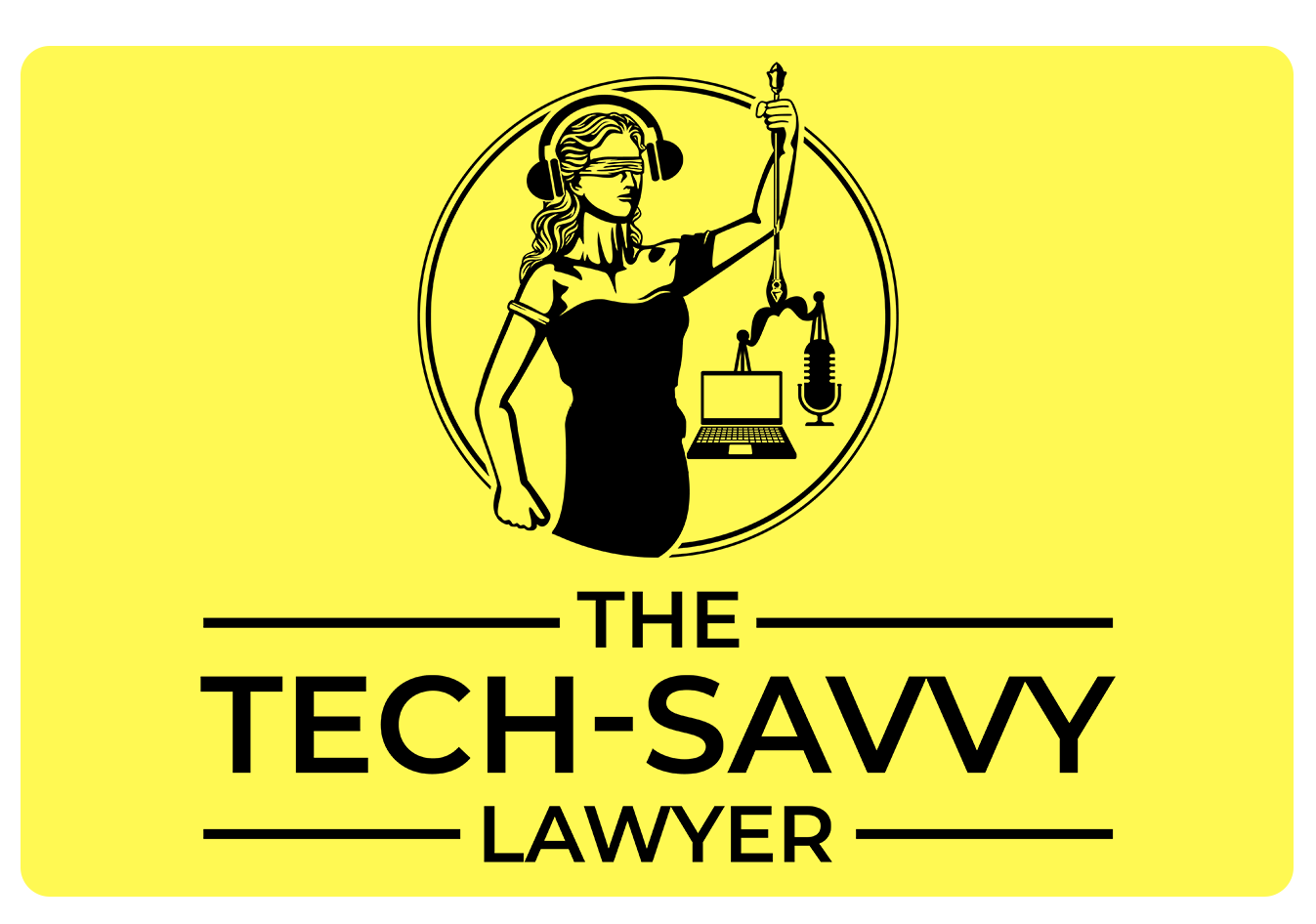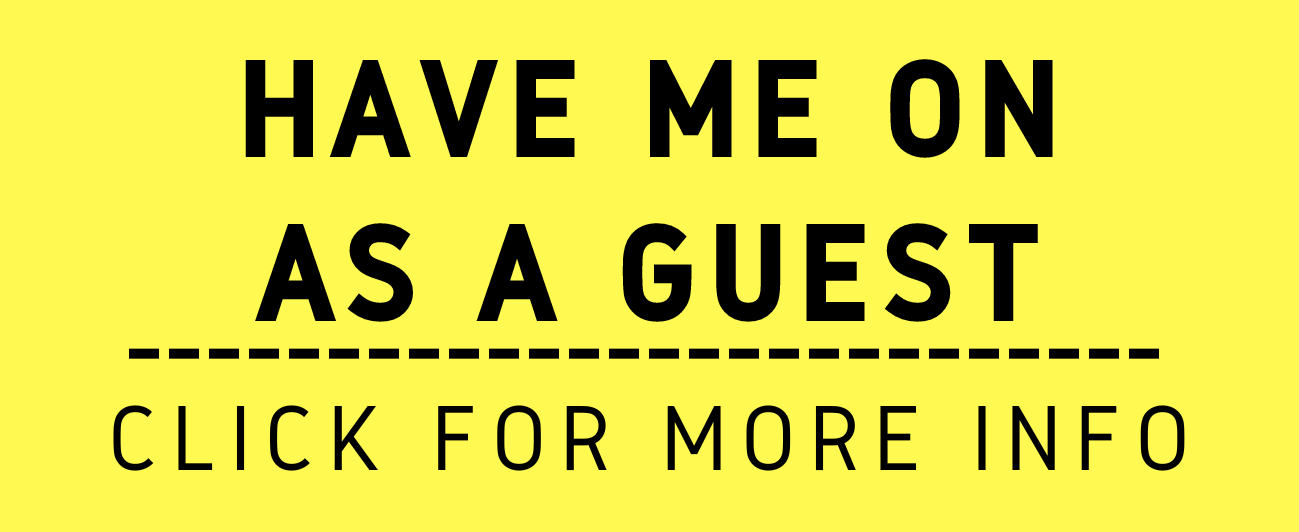Monday Morning Humor: Emoji's Are Modern Day Egyptian Hieroglyphics!
/The use of emoticons can be traced back to the 1800s with the invention of the typewriter. Early users would create faces using punctuation marks, such as a colon and parenthesis for a smiley face. However, it wasn't until the rise of technology and instant messaging in the late 1990s that emoticons became more popular. The first set of standardized emoticons, including the infamous ":-)" smiley face, was created by Scott Fahlman in 1980.
In today's digital age, emojis have become an integral part of our daily communication. With their ability to convey emotions and ideas in a visual way, they have taken over as the modern-day hieroglyphic communication system. Just like how ancient Egyptians used hieroglyphics to tell stories and record history, we now use emojis to express ourselves and communicate with others.
Social media has played a crucial role in popularizing emoji's as a form of communication. Platforms like Twitter, Facebook, and Instagram have allowed users to incorporate emojis into their messages, posts, and comments. As these platforms have gained popularity over the years, so too have emojis.
The use of emojis has also become more nuanced and complex as people create their own meanings and interpretations for them. Overall, social media has helped to normalize the use of emojis as a form of expression in modern-day communication. With the rise of social media influencers and viral content, emojis have become a ubiquitous part of online communication. Indeed, Emojis have become so popular that they are now even being incorporated into legal cases as evidence.
With their universal appeal and ability to transcend language barriers, it's clear that emojis are here to stay as a powerful form of modern communication.









